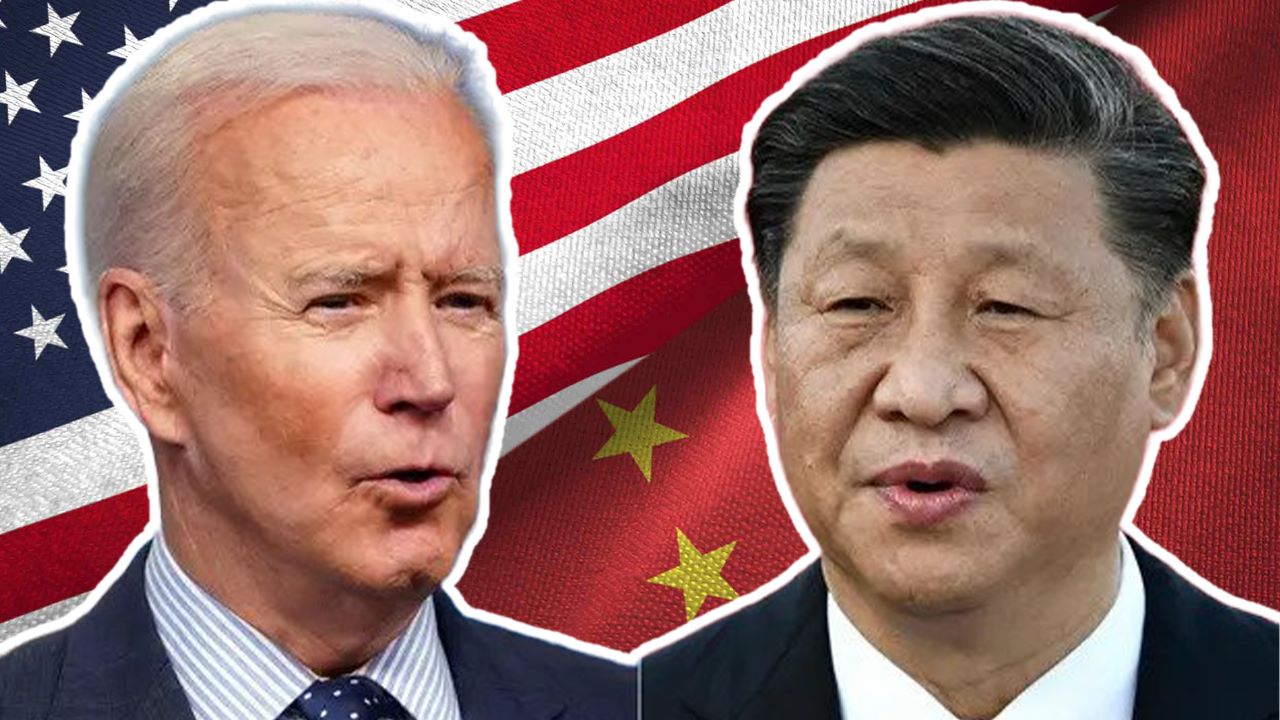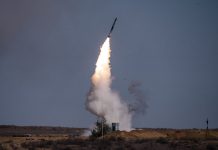In a sweeping effort to modernize their partnership amid increasing security threats in Asia, the United States and Japan have announced plans to revamp the US command in Japan — a decision that the Chinese have predictably and strongly criticized.
As part of a major move to counter what the allies view as China becoming more assertive, the defense chiefs and top diplomats of the two nations announced on July 28 that the United States would restructure its command in Japan, giving it a “direct leadership role” over American forces in operational planning during both peacetime and a potential crisis.
In a statement published on July 28, the US State Department stated: “Through a phased approach, the U.S. plans to convert U.S. Forces Japan into a joint force headquarters which will report to the commander of U.S. Indo-Pacific Command, the U.S. secretary of defense said today following the conclusion of a two-plus-two ministerial meeting in Tokyo.”
The announcement was made following the “two-plus-two” talks between Japanese Foreign Minister Yoko Kamikawa and Defense Minister Minoru Kihara and their US counterparts, Secretary of State Antony Blinken and Defense Secretary Lloyd Austin.
Indian Navy Warship Flaunts UAV Kill Marks; OSNIT Says INS Tabar Most Likely Shot Down Houthi Drones
Without mincing words, the Allies described the threat posed by China as the “greatest strategic challenge.”
Following the meeting, Austin said at a joint news conference that “the United States will upgrade the US Forces Japan (USFJ) to a joint force headquarters with expanded missions and operational responsibilities.” “This will be the most significant change to U.S. Forces Japan since its creation — one of the strongest improvements in our military ties with Japan in 70 years.”
US Secretary of Defense Lloyd Austin on plans to create a military command in Japan:
"The United States is transforming U.S. Forces Japan into a joint force headquarters with expanded missions and operational responsibilities. This will be the most significant change in the… pic.twitter.com/uAuOkc0af1
— S p r i n t e r (@SprinterFamily) July 28, 2024
Although over 50,000 American soldiers are stationed in Japan, the USFJ commander, who is based in Yokota and tasked with overseeing and managing the US military bases in the country, does not have commanding authority. The ultimate authority to issue directives rests with the US Indo-Pacific Command, which is based in Hawaii. However, that is now set to change.
As per the newly unveiled plans, the USFJ will continue to report to INDOPACOM (United States Indo-Pacific Command) but will have more capability. According to the Allies, the goal of the US command reorganization is to “facilitate deeper interoperability and cooperation on joint bilateral operations in peacetime and during contingencies” and to improve cybersecurity, intelligence coordination, surveillance, and reconnaissance.
The revamp is scheduled for March and will align with Japan’s command restructuring. The new US command in Japan will be headed by a three-star general, not the four-star that Japan had requested. However, Austin stated, “We haven’t ruled that out,” and that further negotiations will occur.
The announcement comes at a time of rising tension in the region, with Japan visibly concerned about China’s belligerence in the East China Sea and the volatile Taiwan Strait, as stated in Japan’s recently published annual assessment of security threats. China has featured prominently alongside North Korea and Russia.
In the evaluation, Japan cautioned that China’s ramping up of military exercises could heighten tensions with Taiwan and appear to be a precursor to a possible invasion. Tokyo fears that such an invasion could lead to a broader conflict across the Taiwan Strait, potentially involving its military.
Fully aware of the situation, Japan is enhancing its combat readiness and firepower by procuring long-range missiles and developing counter-strike capabilities. It recently announced that the country will debut its newest Type-12 “ship killer” missiles a year ahead of schedule. The government cited the necessity to tackle regional threats, such as China’s increasing military might. The details of the upgraded Type-12 Surface-to-Ship Missiles were released in the annual white paper.
The US is also fortifying its presence in the Indo-Pacific to counter China’s growing assertiveness, and Japan has emerged as a focal point in those designs. In April, the US Air Force deployed its cutting-edge F-22 fighter jets to Kadena Air Base, a pivotal location crucial for countering potential Chinese threats.
More recently, as per a new modernization plan unveiled by the US earlier this month, it will replace older US Air Force F-15s and F-16s with newer, more advanced aircraft like the F-15EX and F-35 and make changes to the F-35Bs belonging to the US Marine Corps. Additionally, in a separate development, the US Navy announced the deployment of F-35C Lightning II fighters and CMV-22B Osprey aircraft to Japan.
The reorganization of US forces in Japan, accompanied by a blatant criticism of China’s expansion, has expectedly led to an angry rebuttal from Chinese state-owned media. Beijing is unsettled by the specific mention of atomic weapons and “extended deterrence.”

Chinese State Media Fires Warning Shots
The move has been lamented by Chinese military analysts as a US plan to use Japan as a base in the Asia-Pacific region to strengthen its nuclear deterrence against nations like China and to strengthen the Japan Self-Defense Forces’ position within the US-Japan military alliance.
Global Times, citing Chinese experts, reported that this would place Tokyo at the forefront of a counterattack by other countries, possibly even a nuclear one. The experts warned that the strengthened US-Japan alliance would also probably start a new arms race in the region for tactical nuclear weapons.
F-16s “Sitting Ducks” For Russian MiG-31 Fighters? Putin Warns Of Consequences Over Fighting Falcons
The report referred to the joint statement published by the allies, emphasizing the US’s extended deterrence. As the only nation in history to have experienced atomic attacks, Japan had previously been reluctant to openly discuss the sensitive subject in light of China’s and Russia’s nuclear threats.
However, the ministers changed their minds and reaffirmed the U.S. commitment to “extended deterrence,” which includes atomic weapons.
Japan has been protected by US nuclear weapons since World War II, but this time, Washington is signaling through the reaffirmation of “extended deterrence” that it intends to use Japan as an outpost to bolster its nuclear deterrence in Northeast Asia, Wei Dongxu, a media commentator and military expert based in Beijing told Global Times.
#GTCartoon: The US risks destabilizing the Asia-Pacific by revamping military command in Japan.
✏️@LatuffCartoons @_ValiantPanda_ pic.twitter.com/Mjjtki3axJ— Global Times (@globaltimesnews) July 28, 2024
Wei said, “If the US were to use Japan’s bases to conduct tactical nuclear strikes when other countries retaliate, they are likely to retaliate with nuclear weapons as well. Targets would likely include US military bases in Japan, effectively dragging Japan into the risk of nuclear conflict.”
Additionally, denouncing the US reorganization of command in Japan, another expert, Xin Qiang, head of Fudan University’s Taiwan Studies Center, said upgrading the command would improve the Japan Self-Defense Forces’ standing and function within the alliance.
He warned that the move would expedite Japan’s military advancement and the nation’s ability to exercise its right to collective self-defense in the event of future conflict.
China has long maintained that the US is fortifying its presence in the region in collaboration with its allies to establish an Asian NATO to contain China. Beijing has continued to express disdain over the US-Japan nexus in particular and accused the US of using Japan as a pawn in a zero-sum game-type strategy in the region.
- Contact the author at sakshi.tiwari9555 (at) gmail.com
- Follow EurAsian Times on Google News




